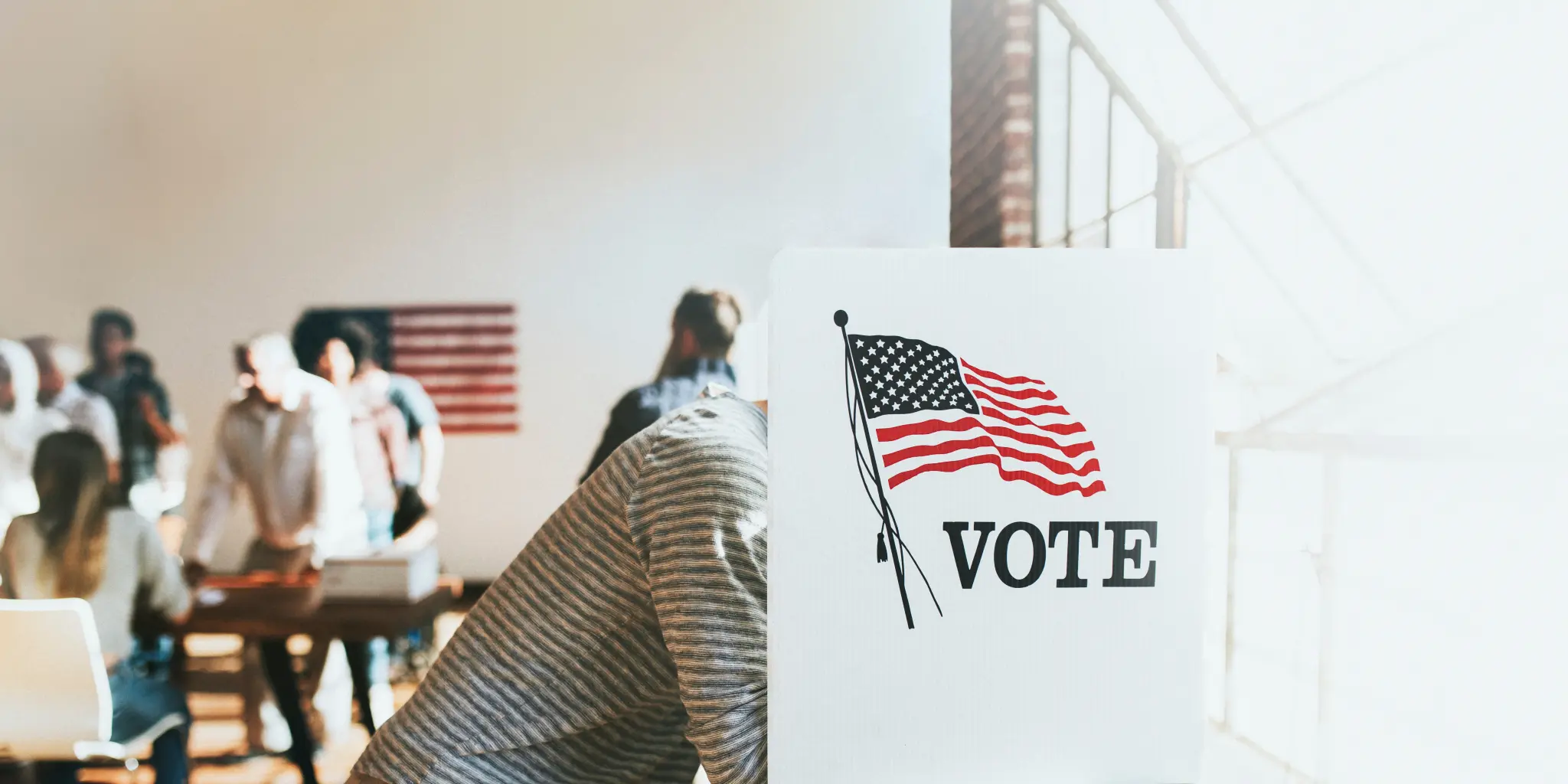Solving Problems with Ranked Choice Voting: Replacing Runoffs

Published: 07 Nov, 2016
2 min read
As the general election nears, FairVote will discuss problems with our election system and electoral solutions offered by ranked choice voting.
In a previous blog post, we discussed the problems that can arise when more than two candidates run, and one candidate can without a majority. In reaction to this problem, many states and localities hold a second election featuring the top two vote-getters if no candidate in the primary or general election wins a majority of the vote. This second election is commonly referred to as a “runoff election.” While runoff elections are a well-intentioned attempt at ensuring majority winners, they generate a whole slew of problems that make for an incomplete solution.
To begin with, FairVote research on Congressional primary runoffs shows that voter turnout is almost always lower in the runoff than in the initial primary election. In a twenty-year period, 177 of 184 scheduled primary runoffs for U.S. House and Senate races experienced lower turnout than the initial elections. On average, more than a third of those who voted in the initial primary stayed home for the runoff. In Texas’s 32nd Congressional District, for example, the 2008 runoff saw a decrease in turnout of almost 94% from the first election. To be sure, nominating a candidate with majority support is a worthy goal of a runoff election. However, when so many fewer people vote in the second election, results can be just as unrepresentative as the initial primary, had a winner been selected with a plurality of the vote.
Why does turnout plummet in runoffs? Beyond voter fatigue and the scorched earth campaign tactics that often accompany runoffs, one key factor seems to be the delay between elections. Of the congressional runoffs that FairVote studied, more elections had a gap of twenty-one to thirty days than any other range, and median turnout decline for these elections was more than thirty percent from 1994 to 2014. Median decline for runoffs held thirty-one to forty days after the initial election had the most severe median turnout decline at just under fifty percent. These gaps exist to allow election administrators to prepare for holding a second election, as well as to allow overseas and military voters to participate in the electoral process, as their ballots take much longer to be received than domestic and civilian voters. Nevertheless, the gap between the first election and the runoff election leads to a dramatic drop in voter turnout and compromises the representativeness of the election.
Continue reading the article here.
Editor's note: This article, written by Avi Steele, originally published on FairVote's blog on November 7, 2016.
Photo Credit: Africa Studio / shutterstock.com
You Might Also Like
Is Trump About to Outflank Democrats on Cannabis? Progressives Sound the Alarm
As President Donald Trump signals renewed interest in reclassifying cannabis from a Schedule I drug to Schedule III, a policy goal long championed by liberals and libertarians, the reaction among some partisan progressive advocates is not celebration, but concern....
08 Dec, 2025
-
5 min read
From the Palisades to Simi Valley, Independent Voters Poised to Decide the Fight to Replace Jacqui Irwin
The coastline that defines California’s mythology begins here. From Malibu’s winding cliffs to the leafy streets of Brentwood and Bel Air, through Topanga Canyon and into the valleys of Calabasas, Agoura Hills, and Thousand Oaks, the 42nd Assembly District holds some of the most photographed, most coveted, and most challenged terrain in the state. ...
10 Dec, 2025
-
6 min read
Ranked Choice for Every Voter? New Bill Would Transform Every Congressional Election by 2030
As voters brace for what is expected to be a chaotic and divisive midterm election cycle, U.S. Representatives Jamie Raskin (Md.), Don Beyer (Va.), and U.S. Senator Peter Welch (Vt.) have re-introduced legislation that would require ranked choice voting (RCV) for all congressional primaries and general elections beginning in 2030....
10 Dec, 2025
-
3 min read


